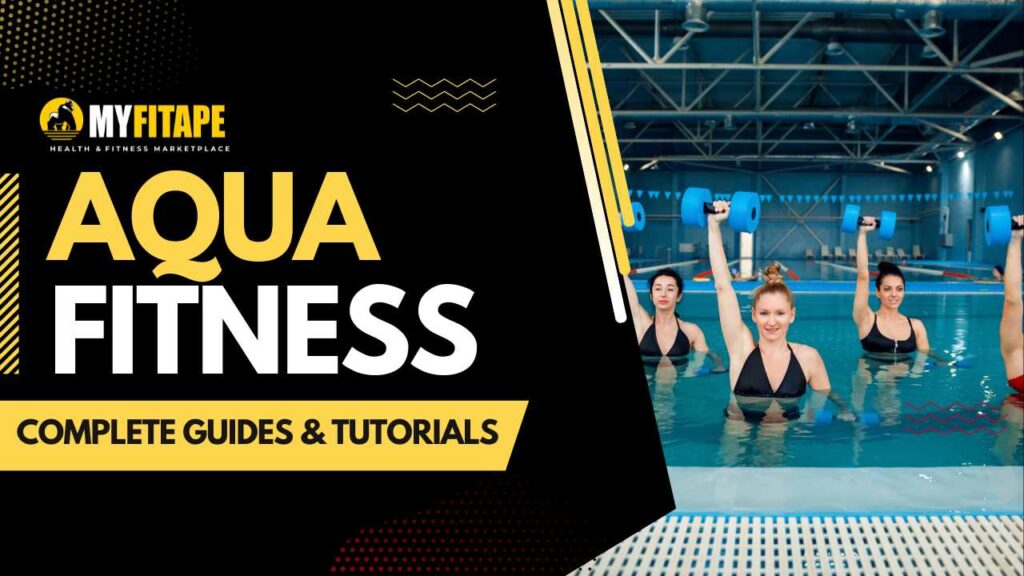Swimming is an essential life skill, and teaching kids to swim is a great way to kick-start their physical and mental health, as well as helping to build their confidence in and around water. To help you start teaching, we’ve put together a comprehensive guide with advice on getting your kids into swimming.
Getting Started
- Age Range: Swim lessons can begin from as young as 6 months old, but most swimming schools start from around 3-4 years old.
- Location: Swimming pools and classes in your local area provide the perfect environment to introduce your kids to swimming
- Equipment: Depending on the age of your child, you may need to get swimming goggles, arm floaties, swim diapers, towels and/or swimming caps.
- Swimwear: Make sure to get a suitable swimsuit for your child that is comfortable and allows them to move around without restriction.
Tips for Teaching Kids to Swim
- Start off slow – Make sure to gradually introduce them to the water, so they don’t feel overwhelmed right away.
- Break the tasks into smaller steps – Explain the tasks and goals in simple terms and give them achievable tasks.
- Instill confidence – Positive reinforcement is key, and it’s important to give them increase confidence as they get more competent.
- Find activities they’ll enjoy – Look for activities such as water games, obstacle courses, and safe pool tools that can make learning to swim a fun experience.
- Supervision – Always have an adult or certified instructor in the pool with your kids.
Frequently Asked Questions
- What is the best way to teach kids to swim? The best way to teach kids to swim is to break up tasks into smaller steps. Start by introducing basic water safety and help them gain confidence in the pool. From there, work on things like floating, kicking, and arm movements.
- How do I find the right swimming classes for my kids? MYFITAPE makes it easy to find the perfect swimming classes for your kids. Simply search by age and location to find the perfect swimming classes near you. It’s also great if you’re looking for a private home instructor or family class.
- What is the best age to start swimming lessons? Most children are ready to start swimming lessons between the ages of 3-4. But swimming pools and classes are also available for younger children, from 6 months old.
How MYFITAPE Can Help
MYFITAPE is a great way to find the perfect swimming classes for your child. It allows you to search for swimming schools and classes in your local area. You can also filter results by age range, class payload, and time. MYFITAPE can also provide you with information on swimming pools, swimming instructors, and home swimming classes.
What swimming teaching methods and strategies are effective with children?
The most effective swimming teaching methods and strategies for children depend on the age, ability and swimming experience of the individual child, but some general effective strategies include:1. Introducing the basics of breath control and how to use the body efficiently in the water.
2. Getting children to practice floating, bobbing and treading water.
3. Teaching children a variety of basic strokes such as freestyle, backstroke, breaststroke, and butterfly.
4. Exercises that maintain and improve body posture, balance, coordination and strength in the water.
5. Allowing children to have fun in the water, such as playing games, trying different swimming challenges, or using swimming toys or floaties.
6. Acknowledging and celebrating children’s successes, encouraging effort and providing timely, appropriate feedback.
7. Incorporating music and other aquatic activities, such as water polo, to keep children engaged and motivated.
What practices should be avoided when teaching children to swim?
1. Avoid holding a child in the water too long, as this can create an unnatural fear of the water.2. Avoid using physical punishment or emotional manipulation to alter a child’s behavior in the water.
3. Avoid using flotation devices or relying on them too much, as they may give a false sense of security and could prevent children from learning to swim properly.
4. Avoid forcing children to take swimming lessons too quickly and neglecting to teach build-up skills.
5. Avoid ignoring the child’s physical and emotional needs in the water or refusing to listen to the child’s concerns.
6. Avoid holding a child under water, even if the child is calm, as this could cause the child to panic.





